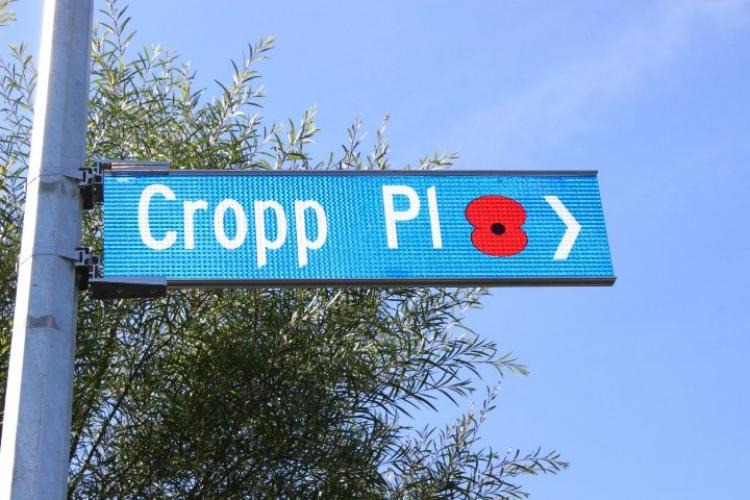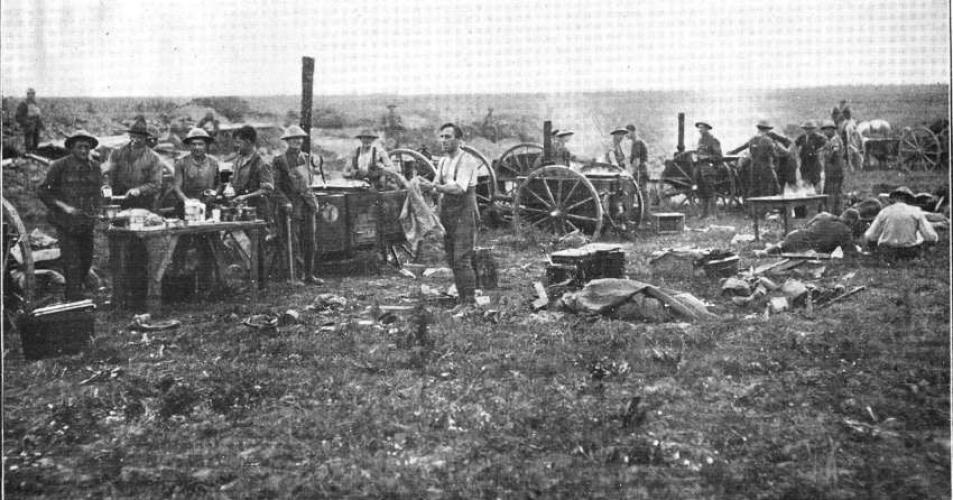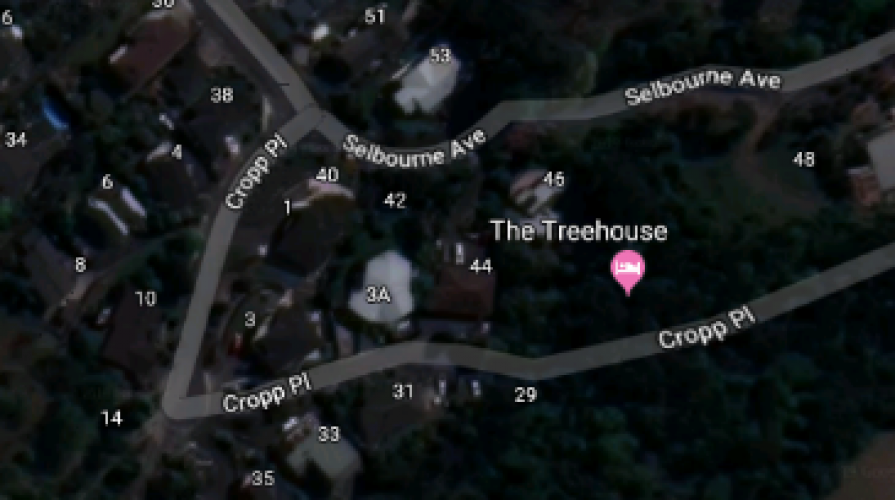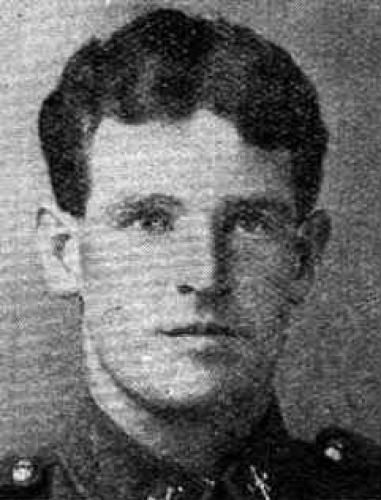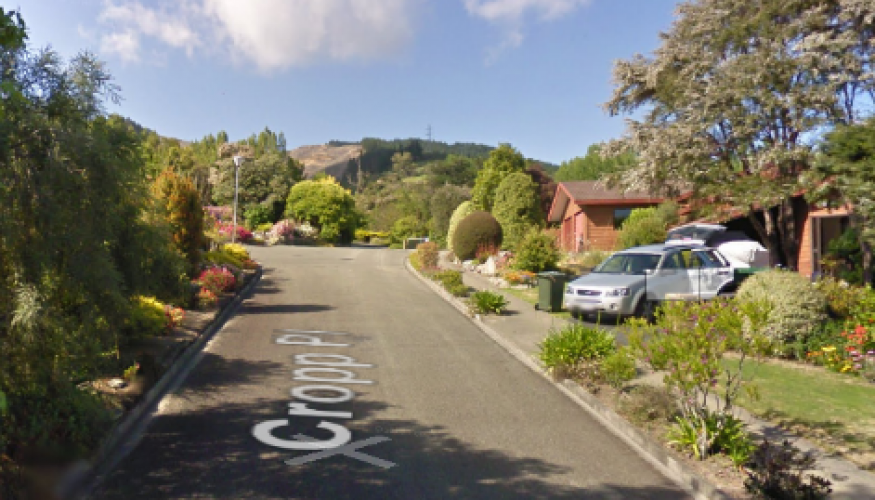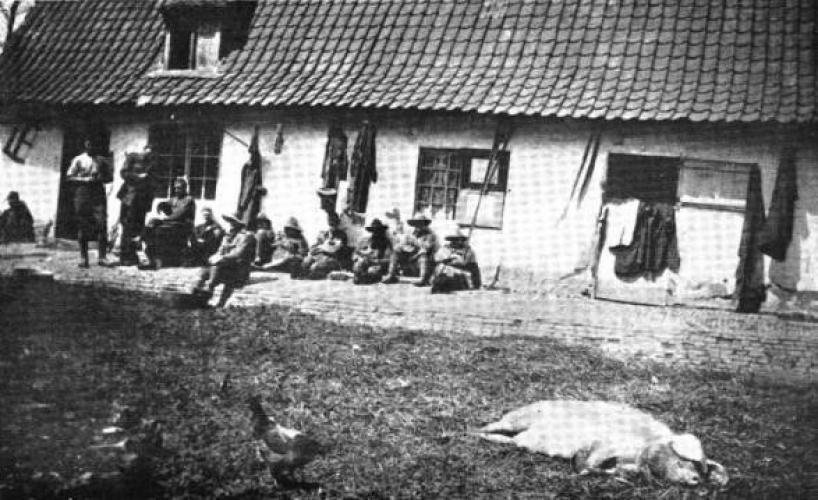239 Cropp Place Richmond, street scene 2018
Reason for the name
This street in Richmond is named in honour of Private Alfred William Cropp, Ist Battalion Otago Infantry Regiment World War 1 who was killed in action in France.
Fallen servicemen have been remembered across Tasman district in various ways including the naming of streets and buildings, the planting of trees and the installation of monuments. In conjunction with the 100-year anniversary of the signing of the armistice that ended the fighting between Germany and the Allies during World War I, Tasman District Council installed new street signs acknowledging the service of fallen soldiers from Richmond. The move comes after the Richmond Waimea RSA asked the council to take part in the Poppy Places project by adding poppies to street signs named after fallen soldiers. Richmond Waimea RSA president Ross Norgate and Tasman District Council’s Megan Bell managed the project. Tasman mayor Richard Kempthorne said the council was proud to be part of the project.
Author: The Poppy Places Trust
54015 Private Alfred William Cropp was born on 16 January 1890 in Nelson
He was the son of Benjamin and Sarah J. Cropp of Nelson. Upon embarkation he was a single man.
He embarked for overseas on 16 Jul 1917 arriving 16 September 1917 at Liverpool, Merseyside on HMNZT 88 the Athenic as a Private of the 27th Reinforcements, F Company New Zealand Expeditionary Force.
Alfred joined the 1st Battalion of the Otago Infantry Regiment. He was killed in action in France on 27 April 1918 Aged 28, He is buried in Euston Road Cemetery, Colincamps, Somme, France Alfred is commemorated on the Upper Moutere War Memorial, Tasman District and War Memorials at Mapua, Richmond and Wakefield.
At the time of Alfred’s death The New Zealand Division, recovering in northern France after a difficult winter in the Ypres Salient, was among forces rushed south to the Somme. It began moving by train on 24 March. Attached to General Sir Julian Byng’s Third Army, the New Zealanders became part of Sir George Harper’s IV Corps, with which they would serve for the rest of the war. Sent forward to Hédauville in the Ancre Valley to fill an apparent 7-km gap between Hamel and Hébuterne, they moved into position just as the Germans mounted a new drive towards Doullens.
Operating in part of the Somme battlefield of 1916, the New Zealanders, with considerable British help, managed to stabilise the front in this sector. On 26 March two composite brigades pushed forward until they clashed with the advancing enemy formations between Auchonvillers and Hamel; next morning another composite brigade moved into position between Colincamps and Hébuterne. During the 27th, they repelled a series of German attacks. By this time, Operation Michael, now into its seventh day, was running out of steam as German losses mounted. Their artillery struggled to keep pace with the advancing infantry, and discipline suffered as troops looted British supply depots.
Even as the New Zealanders entered the line, Ludendorff was preparing a mighty blow (Operation Mars) 20 km to the north, at Arras. This attempt to force the issue on 28 March — described by one historian as the single most important day of the campaign — was defeated. Ludendorff’s attention then turned to a new offensive (Operation Georgette) being planned for the Armentières sector. But he allowed operations against Amiens, now belatedly regarded as a key objective, to continue for a few more days. British and Australian troops repelled an attack on 4 April. Next day, a further blow was struck in the Colincamps sector. This would be the only time that the New Zealand Division faced a major set-piece attack. Although the Germans drove the New Zealanders out of La Signy Farm, the assault was easily brought to a halt.
The New Zealanders congratulated themselves on saving Amiens, though the objective of the enemy troops facing them had in fact been Doullens, with the aim of getting behind Arras. The New Zealand Division’s 10-day effort had cost some 2400 casualties, including more than 500 dead.


